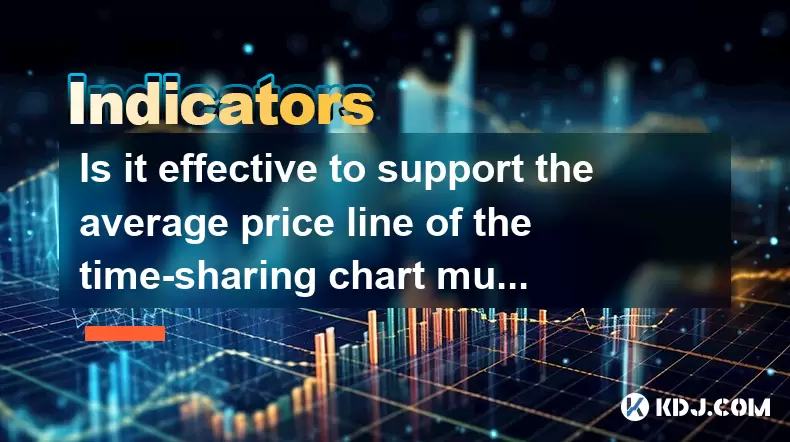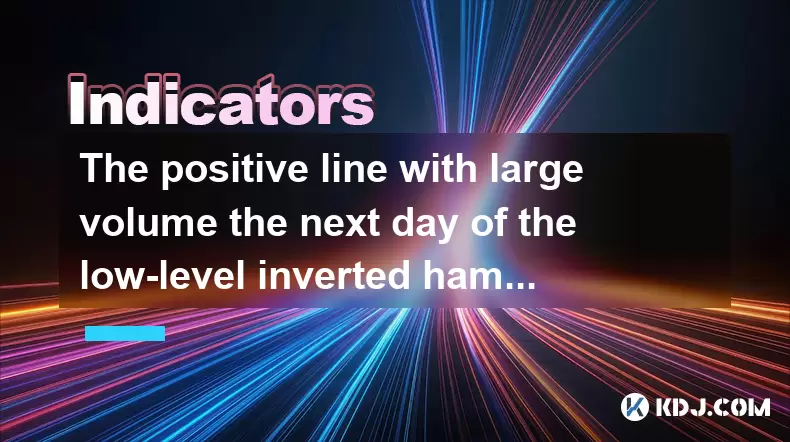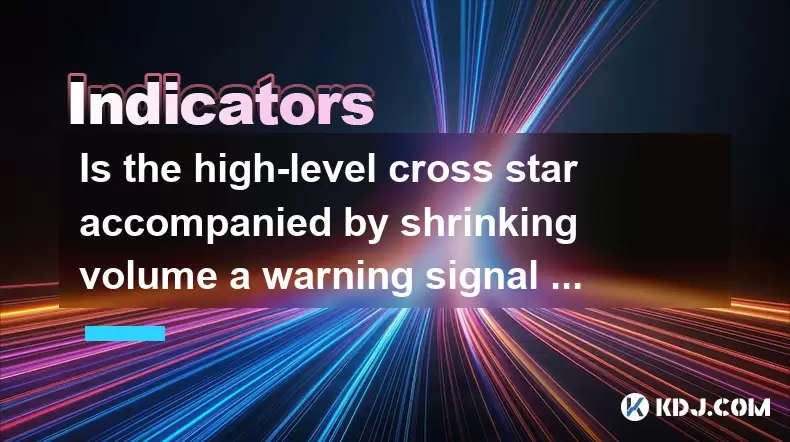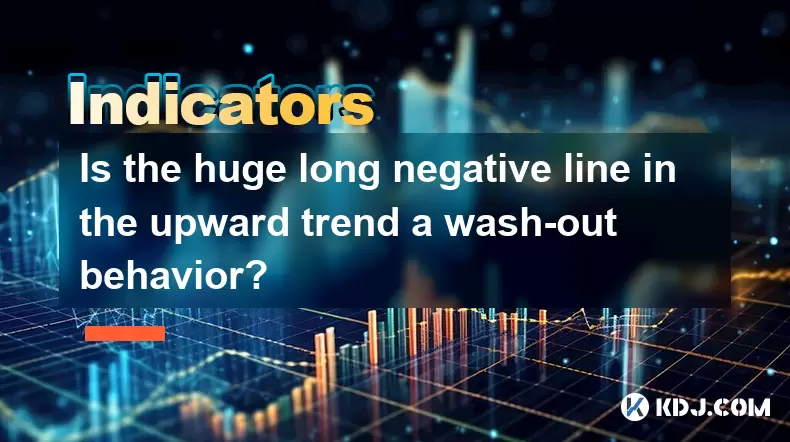-
 Bitcoin
Bitcoin $99,594.2189
-3.59% -
 Ethereum
Ethereum $2,188.5793
-9.00% -
 Tether USDt
Tether USDt $1.0001
-0.02% -
 XRP
XRP $1.9745
-5.82% -
 BNB
BNB $608.9511
-3.73% -
 Solana
Solana $130.4575
-5.93% -
 USDC
USDC $1.0000
0.01% -
 TRON
TRON $0.2637
-3.59% -
 Dogecoin
Dogecoin $0.1493
-5.97% -
 Cardano
Cardano $0.5322
-6.72% -
 Hyperliquid
Hyperliquid $33.9044
3.33% -
 Bitcoin Cash
Bitcoin Cash $449.6411
-5.46% -
 UNUS SED LEO
UNUS SED LEO $8.9629
0.43% -
 Sui
Sui $2.3943
-8.35% -
 Chainlink
Chainlink $11.4402
-7.83% -
 Stellar
Stellar $0.2241
-6.49% -
 Avalanche
Avalanche $16.1489
-4.24% -
 Toncoin
Toncoin $2.7182
-5.94% -
 Shiba Inu
Shiba Inu $0.0...01040
-5.72% -
 Litecoin
Litecoin $78.7882
-4.07% -
 Ethena USDe
Ethena USDe $1.0004
-0.01% -
 Hedera
Hedera $0.1305
-7.45% -
 Monero
Monero $297.0030
-5.32% -
 Dai
Dai $0.9997
-0.02% -
 Polkadot
Polkadot $3.1834
-6.03% -
 Bitget Token
Bitget Token $3.9788
-7.03% -
 Uniswap
Uniswap $6.1327
-10.62% -
 Pepe
Pepe $0.0...08689
-8.30% -
 Pi
Pi $0.4826
-9.65% -
 Aave
Aave $219.8043
-9.69%
How to use StochRSI in cryptocurrency? Is it still applicable when the volatility is large?
StochRSI, combining Stochastic and RSI, helps identify overbought/oversold crypto conditions; adjust settings for high volatility to reduce false signals.
May 24, 2025 at 12:01 pm

How to Use StochRSI in Cryptocurrency? Is It Still Applicable When the Volatility Is Large?
The StochRSI, or Stochastic RSI, is a technical indicator that combines the features of the Stochastic oscillator and the Relative Strength Index (RSI). It is particularly useful in the cryptocurrency market for identifying overbought and oversold conditions, which can be crucial for making trading decisions. This article will explore how to use StochRSI effectively in cryptocurrency trading and whether it remains applicable during periods of high volatility.
Understanding StochRSI
StochRSI is derived from the RSI, which measures the speed and change of price movements. The RSI itself ranges from 0 to 100, with readings above 70 indicating overbought conditions and below 30 indicating oversold conditions. The StochRSI takes this a step further by normalizing the RSI values to a range between 0 and 1. This normalization helps traders identify more precise entry and exit points.
To calculate the StochRSI, you first compute the RSI over a specified period, typically 14 days. Then, you apply the Stochastic formula to the RSI values. The formula for StochRSI is:
[ \text{StochRSI} = \frac{\text{RSI} - \text{Lowest RSI}}{\text{Highest RSI} - \text{Lowest RSI}} ]
Where the Lowest RSI and Highest RSI are the lowest and highest RSI values over a specified lookback period, usually set to the same number of periods as the RSI calculation.
Setting Up StochRSI on Trading Platforms
To use StochRSI in cryptocurrency trading, you need to set it up on your trading platform. Most major trading platforms, including Binance, Coinbase Pro, and TradingView, support the StochRSI indicator. Here's how to set it up on TradingView:
- Open TradingView and select the cryptocurrency pair you want to analyze.
- Click on the "Indicators" button at the top of the chart.
- Search for "Stoch RSI" in the search bar and select it.
- Adjust the settings as needed. The default settings are typically a 14-period RSI and a 14-period StochRSI, but you can experiment with different periods to suit your trading style.
Interpreting StochRSI Values
The StochRSI values range from 0 to 1, with readings above 0.8 indicating overbought conditions and below 0.2 indicating oversold conditions. Traders use these thresholds to identify potential entry and exit points.
- Overbought Condition: When the StochRSI value exceeds 0.8, it suggests that the asset may be overbought and could be due for a price correction. Traders might consider selling or shorting the asset.
- Oversold Condition: Conversely, when the StochRSI value falls below 0.2, it suggests that the asset may be oversold and could be poised for a price rebound. Traders might consider buying or going long on the asset.
Trading Strategies Using StochRSI
There are several trading strategies that traders can employ using the StochRSI indicator in the cryptocurrency market. Here are a few common ones:
- Basic Overbought/Oversold Strategy: This involves buying when the StochRSI falls below 0.2 and selling when it rises above 0.8. This strategy works well in trending markets but can lead to false signals in choppy or sideways markets.
- Divergence Strategy: Look for divergences between the StochRSI and the price action. If the price makes a new high but the StochRSI fails to make a new high, it could indicate a bearish divergence and a potential reversal. Conversely, if the price makes a new low but the StochRSI fails to make a new low, it could indicate a bullish divergence and a potential upward reversal.
- Crossover Strategy: Use a moving average or another line to generate buy and sell signals. For example, you could use a 3-period moving average of the StochRSI. When the StochRSI crosses above the moving average, it generates a buy signal, and when it crosses below, it generates a sell signal.
StochRSI and Volatility
One of the key questions traders often have is whether the StochRSI remains effective during periods of high volatility in the cryptocurrency market. Volatility can indeed affect the performance of technical indicators, including the StochRSI. However, the StochRSI can still be a useful tool in volatile markets if used correctly.
During periods of high volatility, the StochRSI may generate more frequent signals, both for overbought and oversold conditions. This can lead to more false signals, as the market can swing rapidly between extremes. To mitigate this, traders can adjust the settings of the StochRSI to make it less sensitive to short-term price fluctuations.
- Adjust the RSI Period: Increasing the RSI period from the default 14 to a higher number, such as 20 or 25, can help smooth out the RSI values and make the StochRSI less reactive to short-term volatility.
- Adjust the StochRSI Period: Similarly, increasing the StochRSI period can help reduce the frequency of signals and make the indicator more reliable in volatile conditions.
- Combine with Other Indicators: Using the StochRSI in conjunction with other indicators, such as moving averages or the MACD, can help confirm signals and reduce the impact of false positives caused by volatility.
Practical Example of Using StochRSI in Cryptocurrency Trading
To illustrate how to use StochRSI in cryptocurrency trading, let's consider a hypothetical example using Bitcoin (BTC).
- Scenario: You are monitoring the BTC/USD pair on a daily chart.
- Step 1: You notice that the StochRSI has fallen below 0.2, indicating an oversold condition.
- Step 2: You check for any bullish divergences between the price and the StochRSI. You find that while the price made a new low, the StochRSI did not, suggesting a potential reversal.
- Step 3: You decide to enter a long position on Bitcoin, setting a stop-loss just below the recent low to manage risk.
- Step 4: As the price starts to recover, you monitor the StochRSI for signs of overbought conditions. When the StochRSI rises above 0.8, you consider taking profits or adjusting your stop-loss to lock in gains.
This example demonstrates how the StochRSI can be used to identify potential entry and exit points in the cryptocurrency market, even during periods of high volatility.
Frequently Asked Questions
Q: Can StochRSI be used for all cryptocurrencies, or is it more effective for certain types?
A: The StochRSI can be used for all cryptocurrencies, but its effectiveness may vary depending on the liquidity and volatility of the specific asset. It tends to work well with highly liquid assets like Bitcoin and Ethereum, but may generate more false signals with less liquid altcoins.
Q: How often should I adjust the StochRSI settings based on market conditions?
A: The frequency of adjusting StochRSI settings depends on your trading style and the market conditions. In highly volatile markets, you might need to adjust the settings more frequently to account for rapid price swings. For longer-term trading, you may not need to adjust the settings as often.
Q: Is it better to use StochRSI on shorter or longer timeframes in cryptocurrency trading?
A: The choice of timeframe depends on your trading strategy. For short-term trading, using StochRSI on shorter timeframes like 1-hour or 4-hour charts can help identify quick entry and exit points. For longer-term trading, using StochRSI on daily or weekly charts can help identify more significant trends and reversals.
Q: Can StochRSI be used in conjunction with other technical analysis tools?
A: Yes, StochRSI can be effectively combined with other technical analysis tools to improve the accuracy of trading signals. Common combinations include using StochRSI with moving averages, the MACD, or Bollinger Bands to confirm trends and reversals.
Disclaimer:info@kdj.com
The information provided is not trading advice. kdj.com does not assume any responsibility for any investments made based on the information provided in this article. Cryptocurrencies are highly volatile and it is highly recommended that you invest with caution after thorough research!
If you believe that the content used on this website infringes your copyright, please contact us immediately (info@kdj.com) and we will delete it promptly.
- Altcoins Under Pressure: Cardano and XRP Face Critical Tests
- 2025-06-23 12:25:12
- Rare Coin Fever in Wiltshire: Auctions, Errors, and Olympic Gold!
- 2025-06-23 12:25:12
- XRP Price Under Pressure: War Fears and Market Sentiment
- 2025-06-23 12:30:12
- HAI Token Private Key Leak: What Happened and How to Stay Safe
- 2025-06-23 12:45:12
- Texas Goes All In: Bitcoin Reserve Signals Big State Embrace
- 2025-06-23 12:45:12
- Pi Network's Price Plunge: Crash, Scammer Accusations, and What's Next?
- 2025-06-23 13:05:12
Related knowledge

Is it effective to support the average price line of the time-sharing chart multiple times?
Jun 23,2025 at 01:36pm
Understanding the Average Price Line in Time-Sharing ChartsIn cryptocurrency trading, time-sharing charts refer to real-time price charts that display price movements over short intervals, often within a single trading day. Within these charts, the average price line, also known as the Volume Weighted Average Price (VWAP), is a commonly used technical i...

The positive line with large volume the next day of the low-level inverted hammer line confirms the reversal?
Jun 23,2025 at 01:21pm
Understanding the Low-Level Inverted Hammer LineThe inverted hammer line is a single candlestick pattern that typically appears at the end of a downtrend. It has a small real body near the bottom of the trading range and a long upper shadow, indicating that bulls attempted to push prices higher but were met with selling pressure. When this pattern forms...

Is the high-level cross star accompanied by shrinking volume a warning signal of peaking?
Jun 23,2025 at 01:28pm
Understanding High-Level Cross Star PatternsIn the world of cryptocurrency trading, candlestick patterns are essential tools for technical analysis. One such pattern is the high-level cross star, which appears as a doji or near-doji candle at a significant resistance level. This pattern often indicates indecision in the market and can be interpreted as ...

Is the huge long negative line in the upward trend a wash-out behavior?
Jun 23,2025 at 12:49pm
Understanding the Long Negative Candlestick in an Uprising TrendA long negative candlestick, often referred to as a long red or bearish candle, appearing during an upward trend can raise concerns among traders and investors. This pattern typically indicates a sudden and significant drop in price after a period of rising prices. It is often interpreted a...

Can the EXPMA golden cross stand on the 5-day line at the same time?
Jun 23,2025 at 11:42am
Understanding the EXPMA Indicator in Cryptocurrency TradingThe Exponential Moving Average (EXPMA) is a popular technical analysis tool used by cryptocurrency traders to identify trends and potential reversal points. Unlike simple moving averages, the EXPMA gives more weight to recent price data, making it more responsive to current market conditions. In...

Does the second surge in the RSI overbought zone induce more?
Jun 22,2025 at 08:35am
Understanding the RSI Overbought ZoneThe Relative Strength Index (RSI) is a momentum oscillator commonly used in technical analysis to measure the speed and change of price movements. It ranges from 0 to 100, with values above 70 typically considered overbought and values below 30 considered oversold. When the RSI enters the overbought zone for the firs...

Is it effective to support the average price line of the time-sharing chart multiple times?
Jun 23,2025 at 01:36pm
Understanding the Average Price Line in Time-Sharing ChartsIn cryptocurrency trading, time-sharing charts refer to real-time price charts that display price movements over short intervals, often within a single trading day. Within these charts, the average price line, also known as the Volume Weighted Average Price (VWAP), is a commonly used technical i...

The positive line with large volume the next day of the low-level inverted hammer line confirms the reversal?
Jun 23,2025 at 01:21pm
Understanding the Low-Level Inverted Hammer LineThe inverted hammer line is a single candlestick pattern that typically appears at the end of a downtrend. It has a small real body near the bottom of the trading range and a long upper shadow, indicating that bulls attempted to push prices higher but were met with selling pressure. When this pattern forms...

Is the high-level cross star accompanied by shrinking volume a warning signal of peaking?
Jun 23,2025 at 01:28pm
Understanding High-Level Cross Star PatternsIn the world of cryptocurrency trading, candlestick patterns are essential tools for technical analysis. One such pattern is the high-level cross star, which appears as a doji or near-doji candle at a significant resistance level. This pattern often indicates indecision in the market and can be interpreted as ...

Is the huge long negative line in the upward trend a wash-out behavior?
Jun 23,2025 at 12:49pm
Understanding the Long Negative Candlestick in an Uprising TrendA long negative candlestick, often referred to as a long red or bearish candle, appearing during an upward trend can raise concerns among traders and investors. This pattern typically indicates a sudden and significant drop in price after a period of rising prices. It is often interpreted a...

Can the EXPMA golden cross stand on the 5-day line at the same time?
Jun 23,2025 at 11:42am
Understanding the EXPMA Indicator in Cryptocurrency TradingThe Exponential Moving Average (EXPMA) is a popular technical analysis tool used by cryptocurrency traders to identify trends and potential reversal points. Unlike simple moving averages, the EXPMA gives more weight to recent price data, making it more responsive to current market conditions. In...

Does the second surge in the RSI overbought zone induce more?
Jun 22,2025 at 08:35am
Understanding the RSI Overbought ZoneThe Relative Strength Index (RSI) is a momentum oscillator commonly used in technical analysis to measure the speed and change of price movements. It ranges from 0 to 100, with values above 70 typically considered overbought and values below 30 considered oversold. When the RSI enters the overbought zone for the firs...
See all articles

























































































